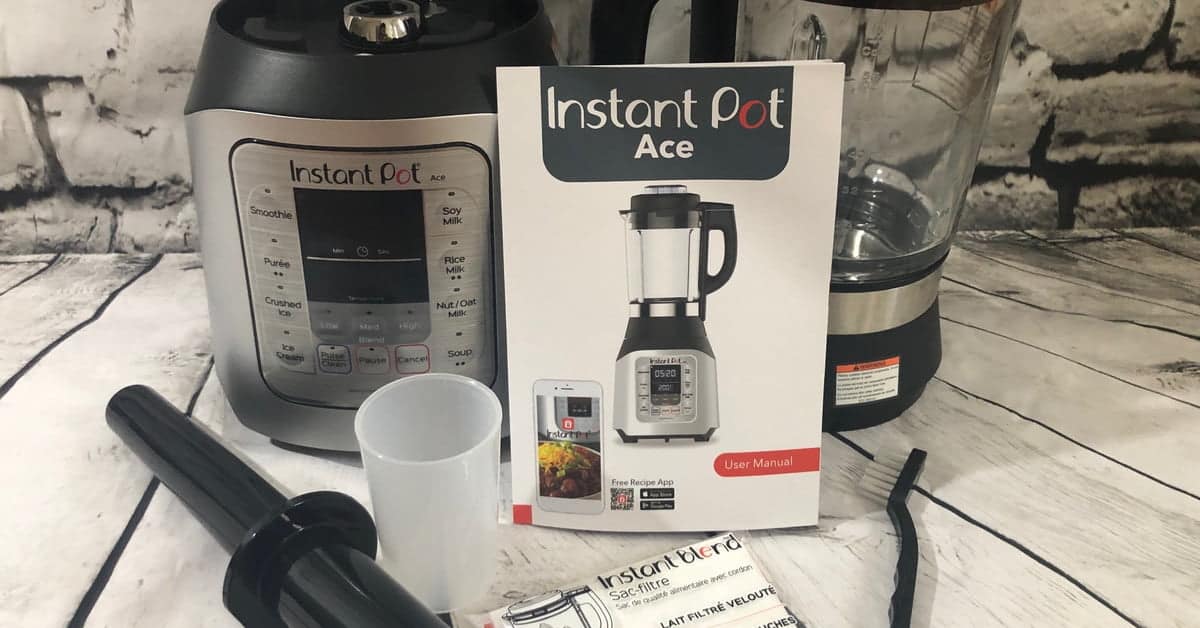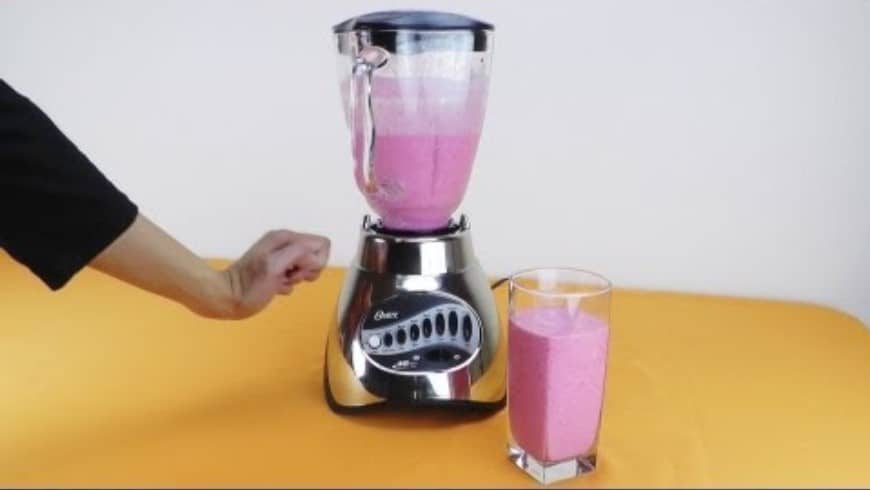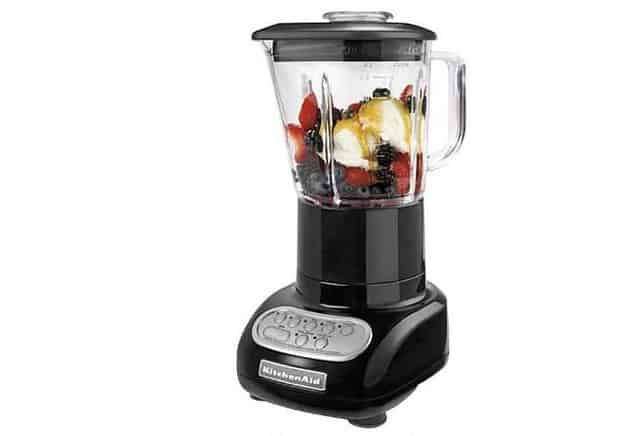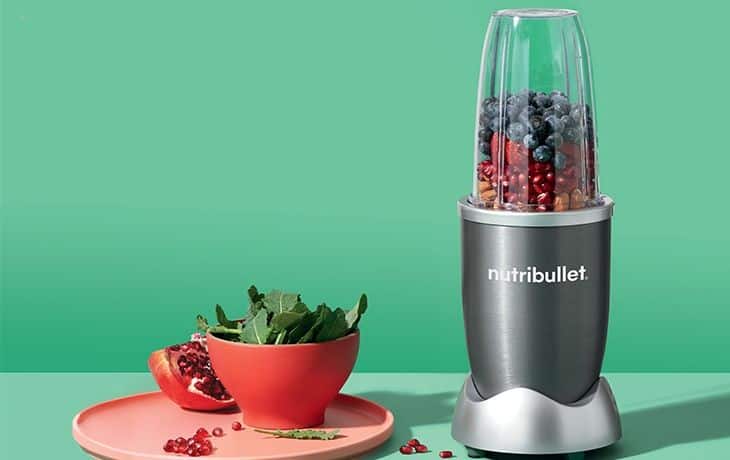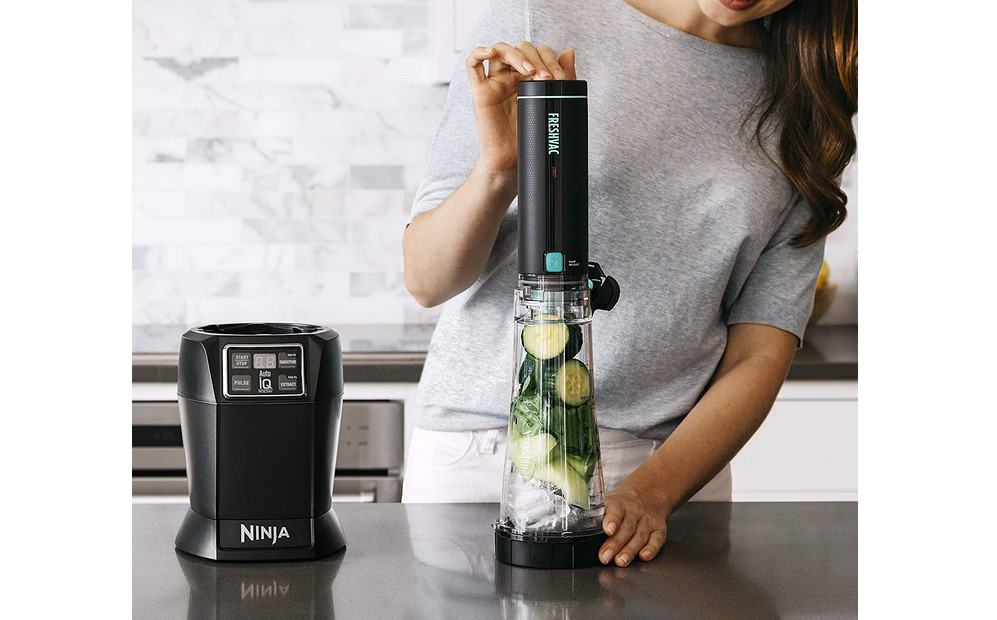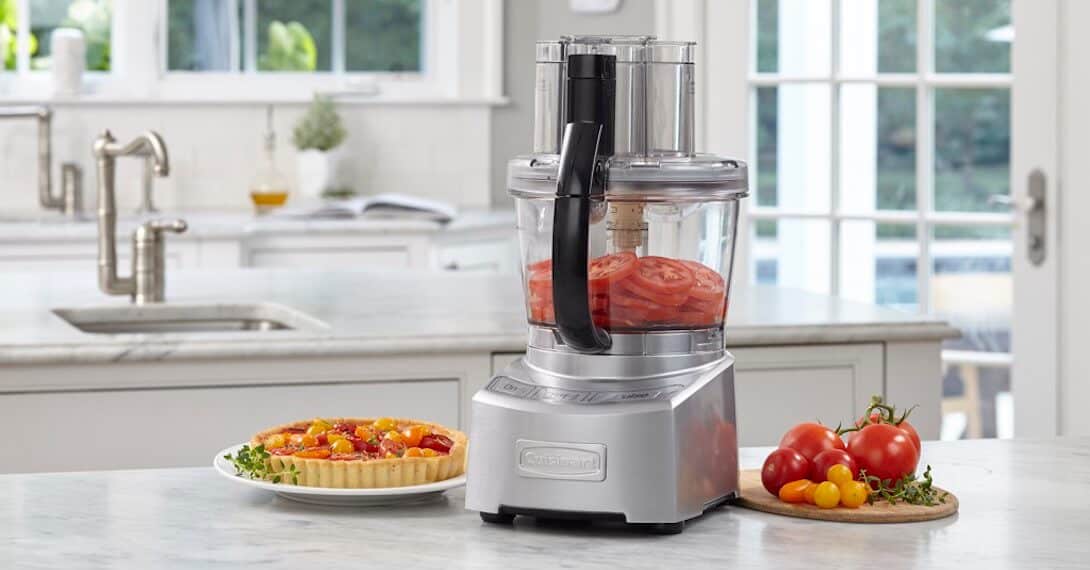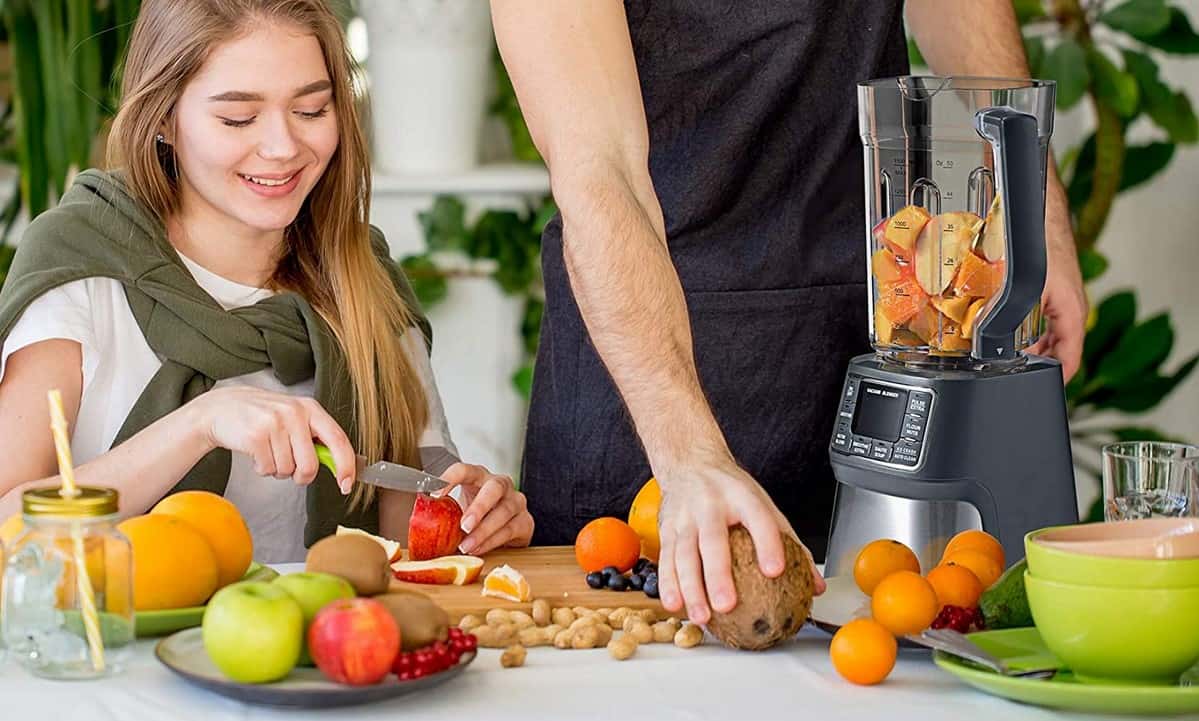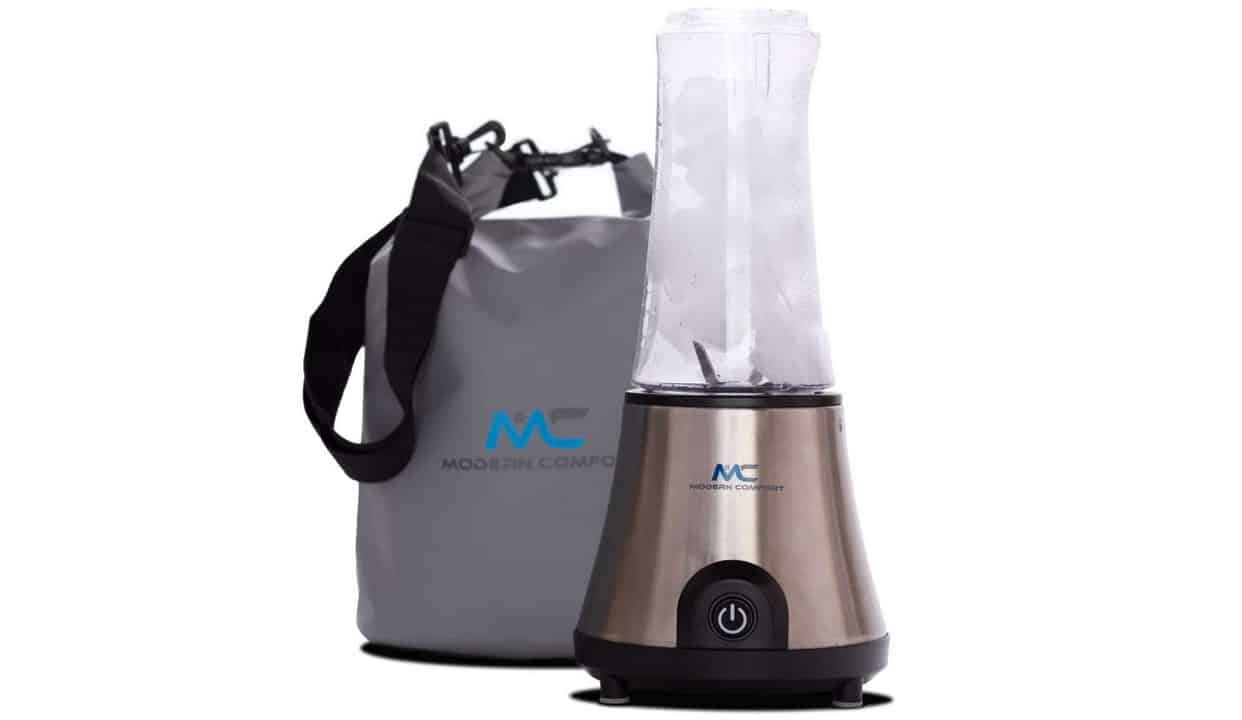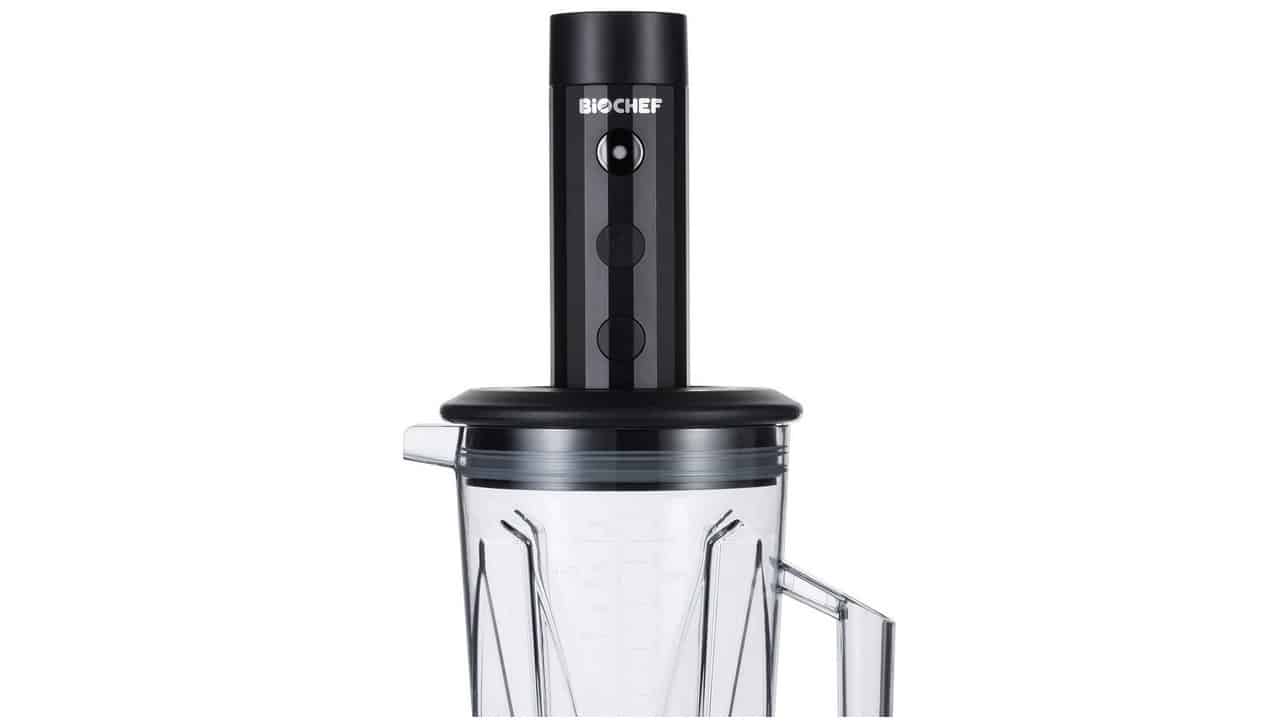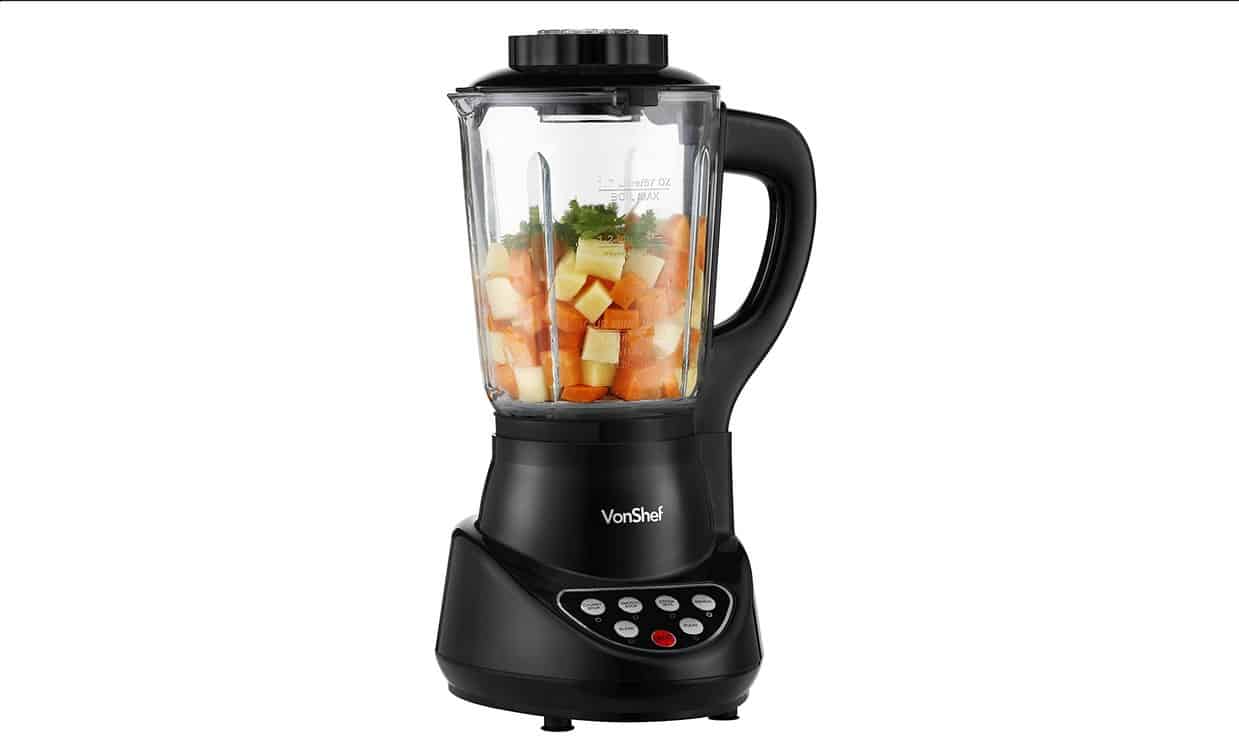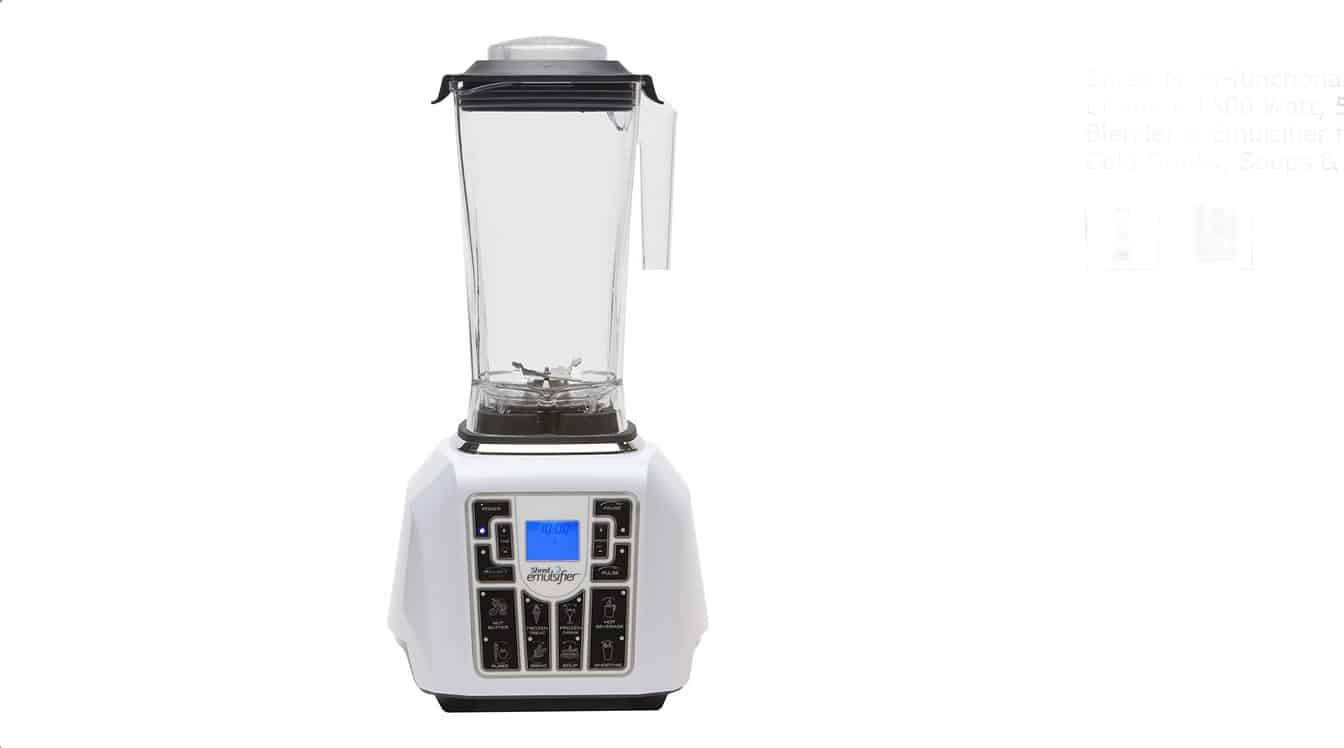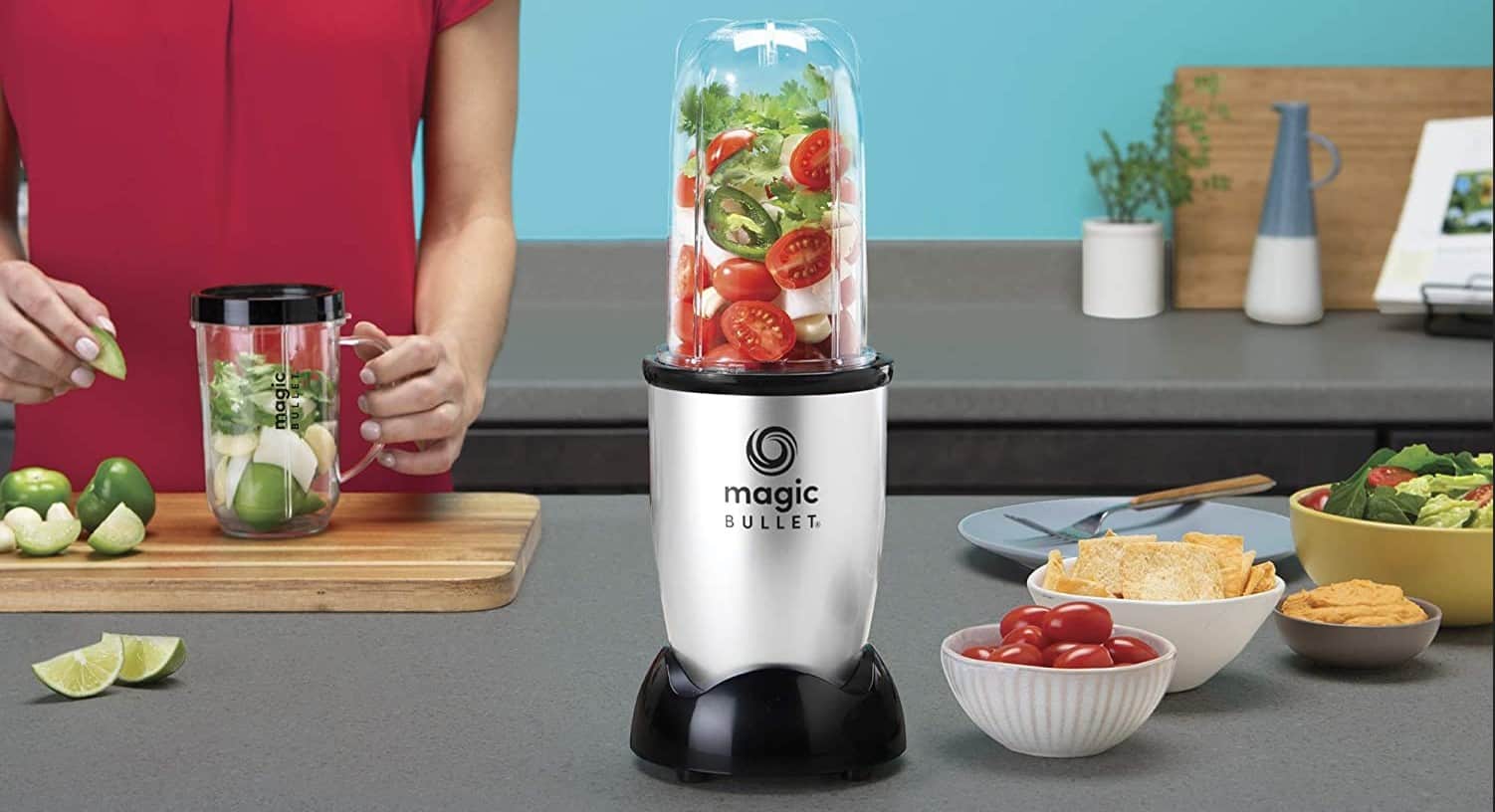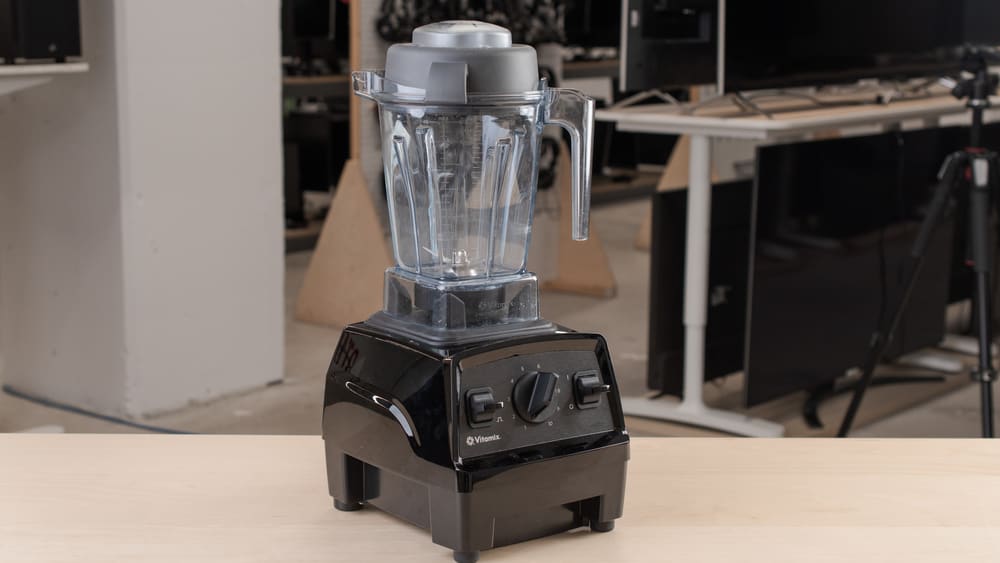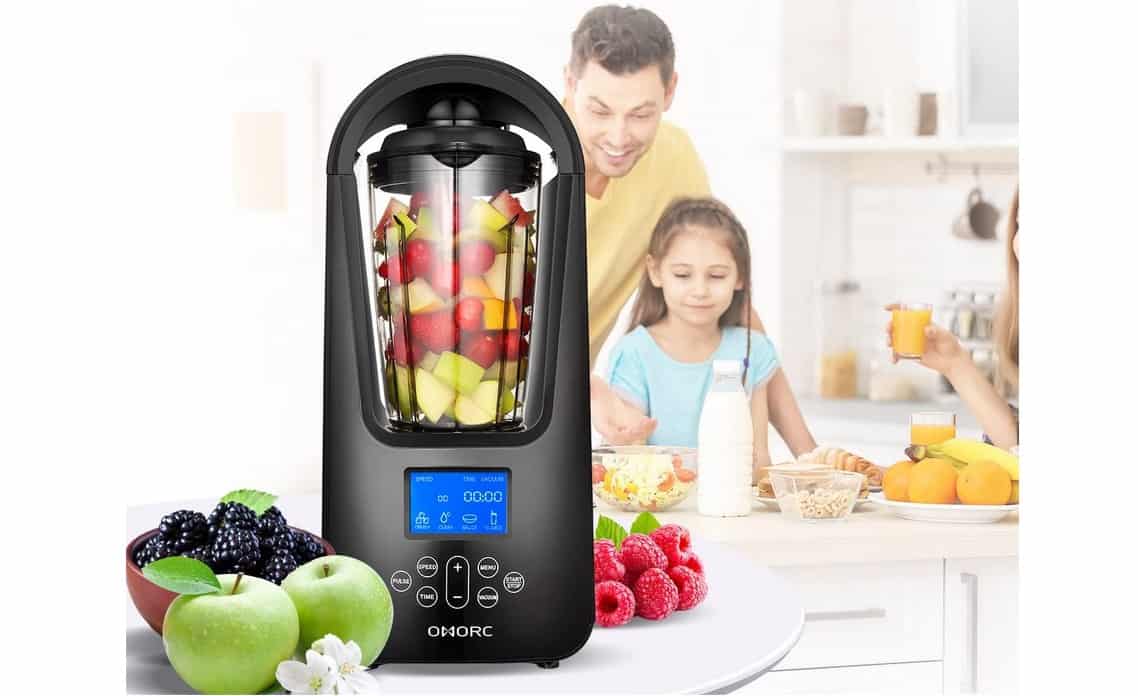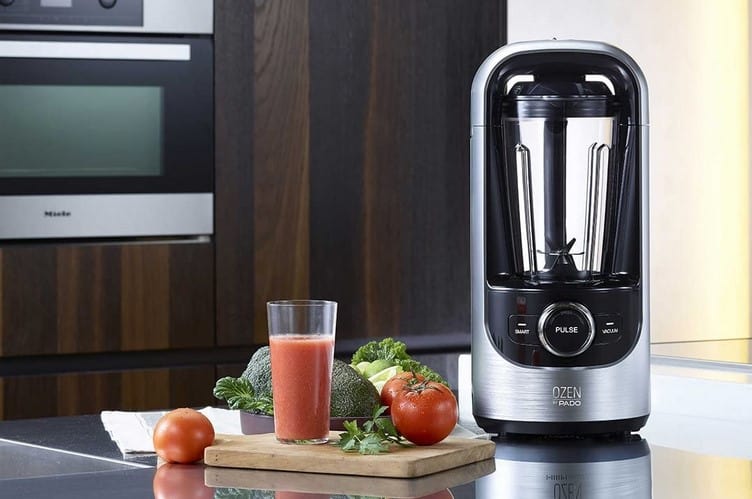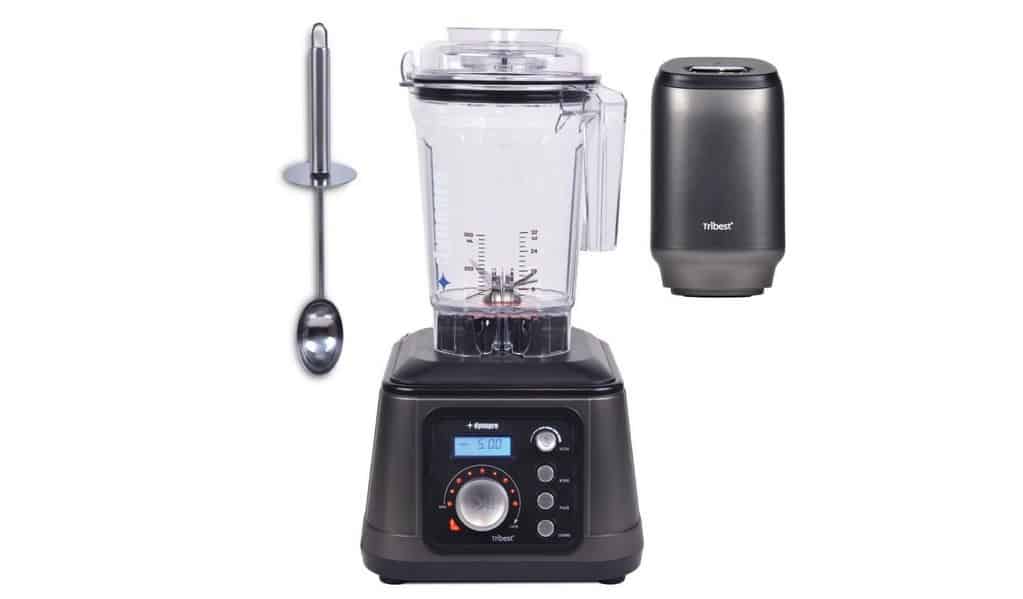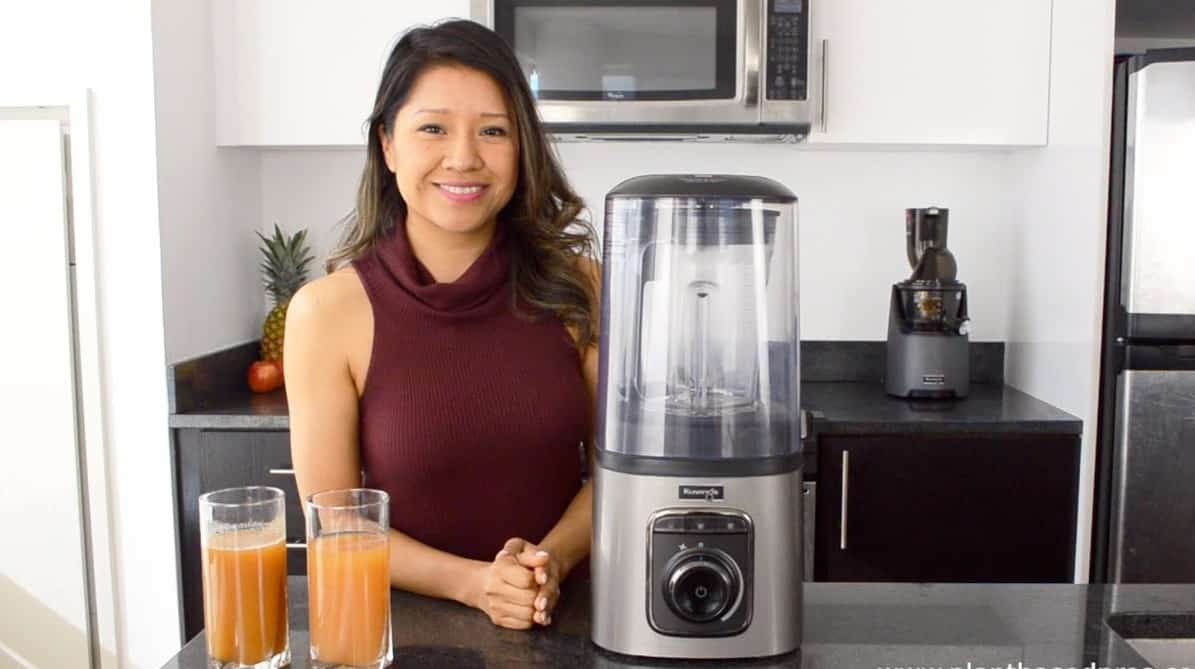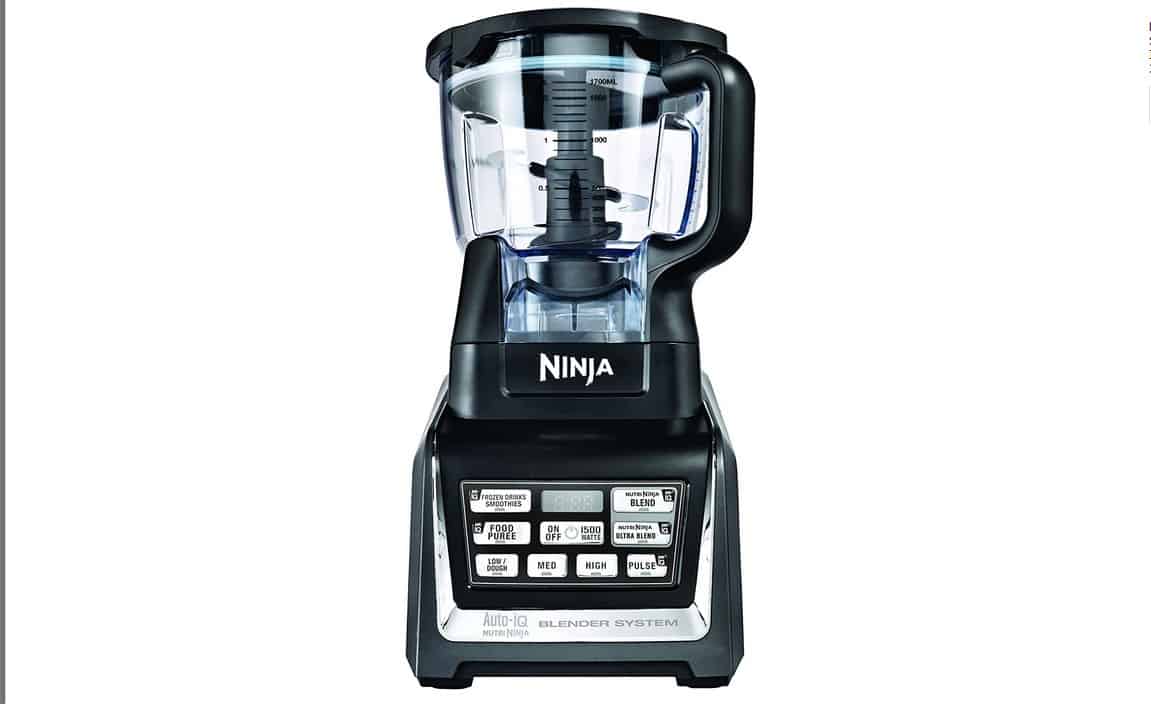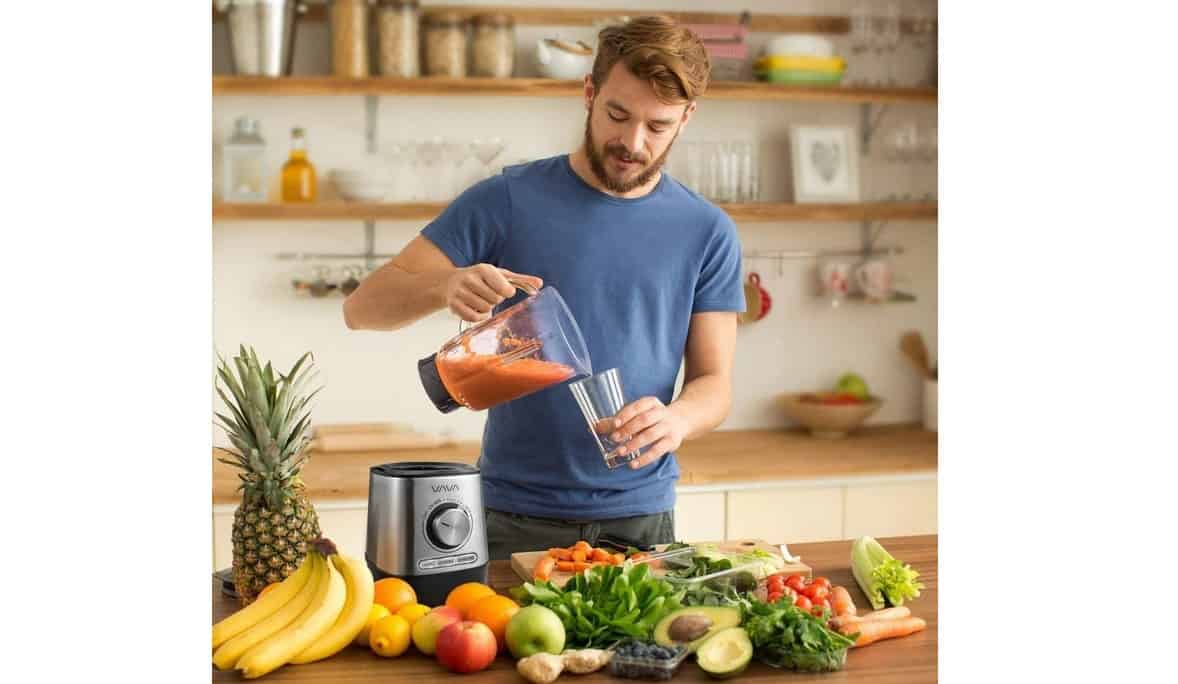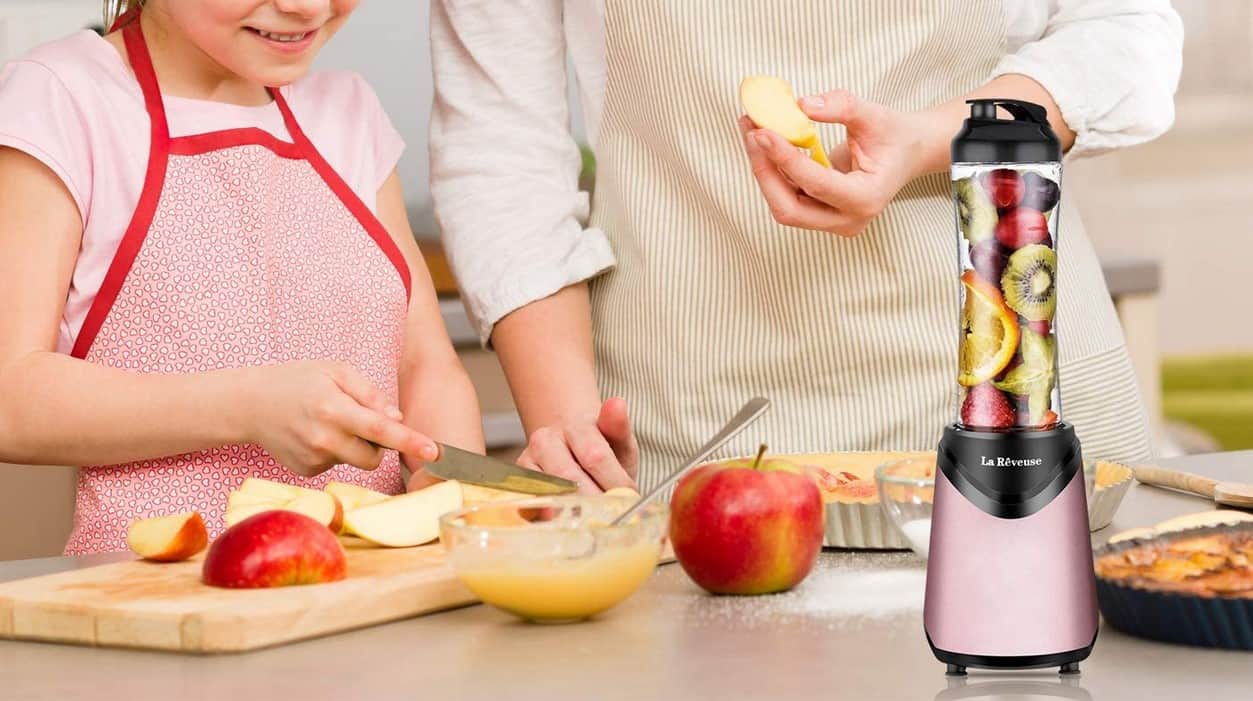You may wonder about a ribbon blender vs. a paddle blender if you want to mix or blend dry goods. While you’d typically look for the best blender to do it all, sometimes you need an additional mixer that offers something beyond typical blender action. Both the ribbon mixer and paddle mixer offer a similar blender style for dry ingredients. Still, there are some differences you should not miss.
KEY TAKEAWAYS:
- A ribbon blender is used in food manufacturing to blend small or powdered ingredients with long, thin blades.
- A paddle blender uses large, wide paddles to scoop, push, and mix dry ingredients.
- Both ribbon and paddle blenders do a similar job, but a paddle blender will need less cleaning and maintenance.
Ribbon Blenders vs. Paddle Blenders Compared
The ribbon mixer and paddle mixers are both types of mixers that are used for large amounts of dry ingredients like flour or grains. But if you’re just making a smoothie, for example, a stick blender or hand blender is recommended.
Explaining Ribbon Blenders
A ribbon blender, also called a ribbon agitator, is typically used by food manufacturers. Usually set in a large horizontal mixer, the ribbon blades are traditionally long twisted metal strips attached along a counter-rotating shaft. They are great for large batch sizes of food products that are small, uniform, or made of viscous materials. Unlike personal blenders, these have big blending containers and are great for large projects.
Insider Tip
If you cannot afford a full ribbon or paddle mixer, look for a blender attachment or traditional mixer to do the job.
Benefits of Ribbon Blenders
A conventional ribbon blender offers excellent large batch mixing of powders and small, uniform materials. The blades can work through clumps of powder or grain to give a consistent mixture of dry ingredients.
Drawbacks of Ribbon Blenders
Ribbon mixers are not perfect and may be a bad choice for some situations. Since ribbon blades run the entire length of the standard shaft, they are much harder to clean and replace than a paddle mixer. In addition, ribbon blenders require more maintenance and adjustment than paddle mixers.
Explaining Paddle Blenders
Paddle blenders, also called paddle agitators, are a type of industrial blender for dry ingredients like grain and powder. That said, they are also used in both the chemical engineering and beverage industries. The large metal paddles run along a central shaft. The paddles can lift, push, and mix the ingredients as they spin.
Benefits of Paddle Blenders
The paddle mixer’s large paddles easily scoop and mix ingredients effortlessly. While they don’t have an excellent blending velocity, they are great for blending powders at a large batch capacity. They also offer a thoroughly balanced mixture.
Drawbacks of Paddle Blenders
Paddle blenders do not crush ingredients. Instead, the paddles push their way through ingredients to mix them. So, if your recipe or ingredients need to be broken down, a paddle mixer is not the way to go.
Which is Better?
Either mixer is a solid choice if your project requires large amounts of batch mixing. However, for most people, either option won’t be a great fit. Still, some smaller mixers or types of blender attachments emulate the mixing process for a homogenous blend. So, while the fantastic mixing ability of the ribbon and paddle blender may draw you in, most models will be too large and expensive for the average home chef.
Warning
Make sure your kitchen projects are big enough to justify the space and financial cost of a paddle or ribbon blender.
F.A.Q.
What are ribbon blenders used to make?
Ribbon blenders break up and mix food ingredients like powders and grains.
What’s the difference between a food processor and a blender?
A food processor specializes in breaking down small, tough ingredients. A blender can mix or break down both solid and liquid ingredients.
What mixer attachment should I use for buttercream?
Experts recommend that people use a flat beater attachment for buttercream.
STAT: Only about 2 percent of U.S. farmland grows fruits and vegetables, while 59 percent is devoted to commodity crops. (source)
REFERENCES:
- https://www.halversoncompany.com/blog/mixers-paddle-vs-ribbon/
- https://www.fda.gov/media/110822/download
- https://animalscience.ucdavis.edu/sites/g/files/dgvnsk446/files/faculty/zinn/pdf/04.pdfr
- https://encyclopedia.che.engin.umich.edu/Pages/MaterialsHandling/Mixers/Mixers.html
- https://www.youtube.com/watch?v=fYvlXklyRjQ

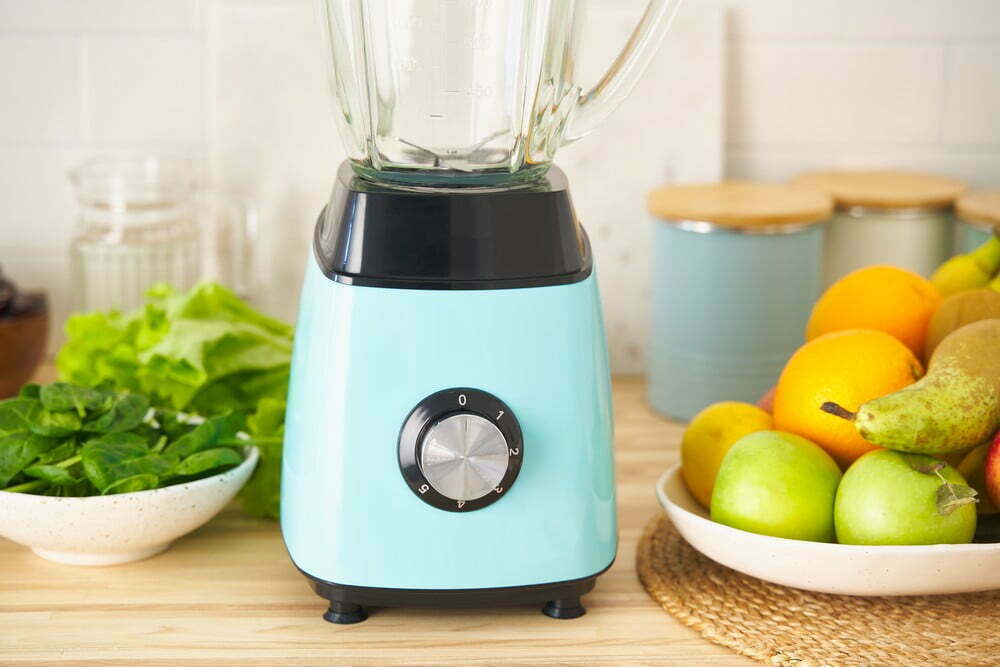













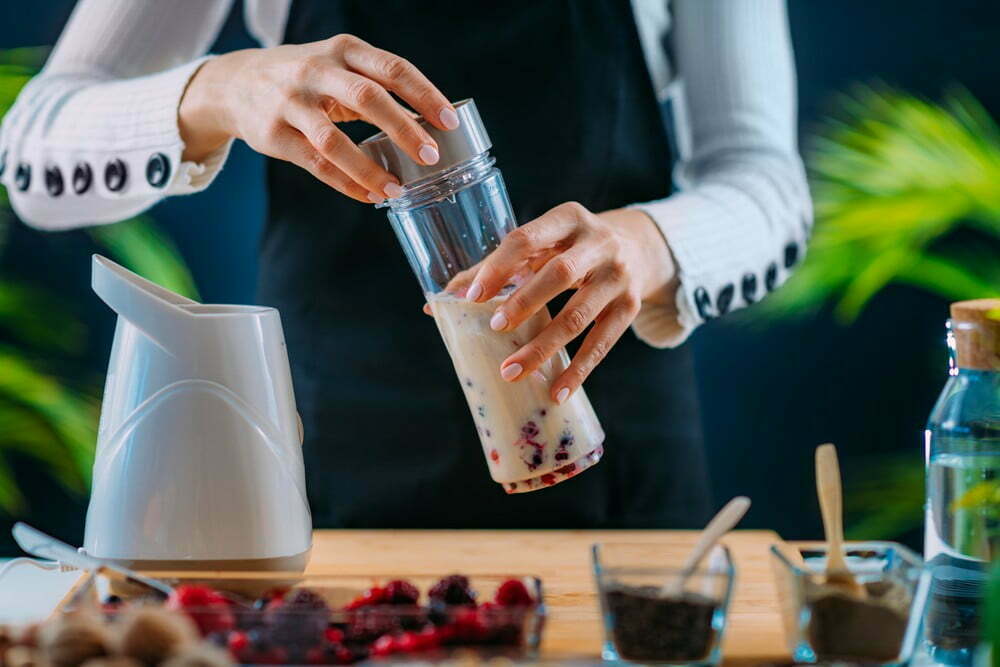
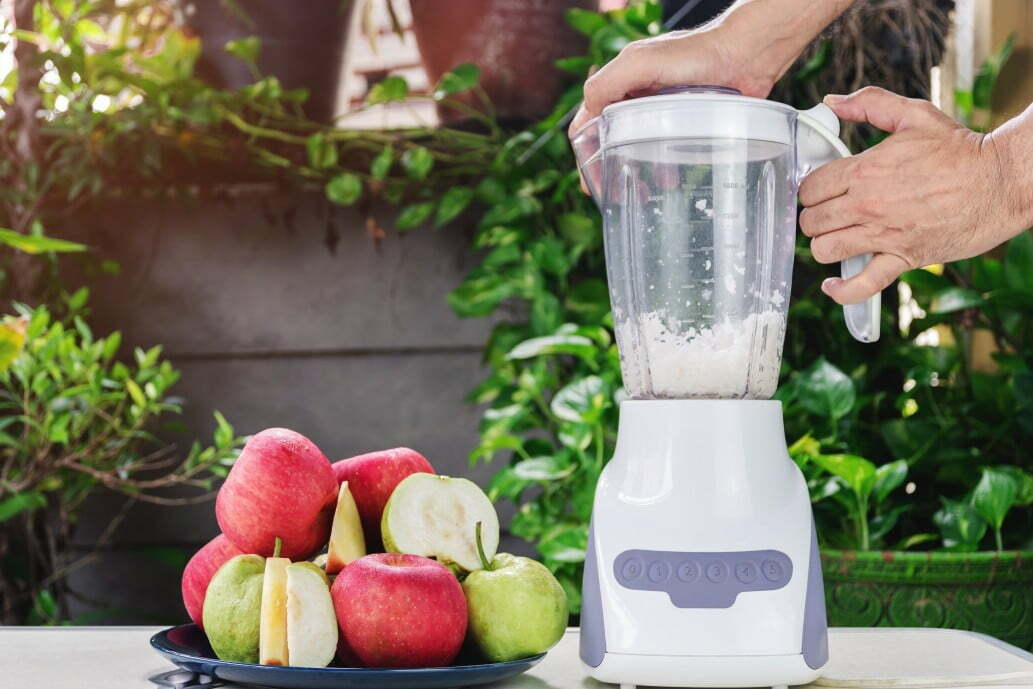
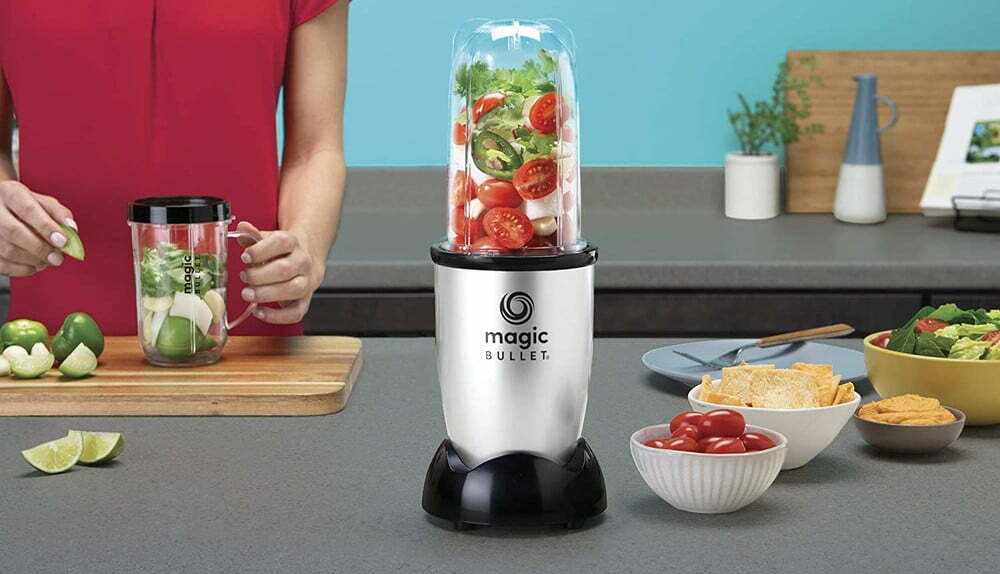
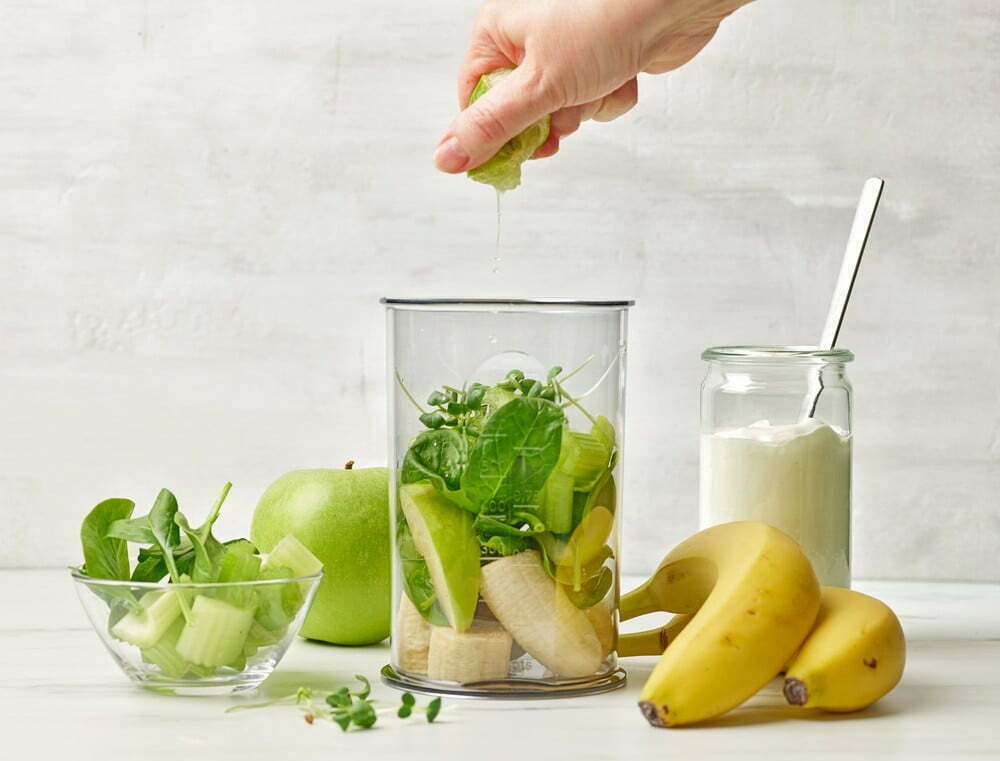
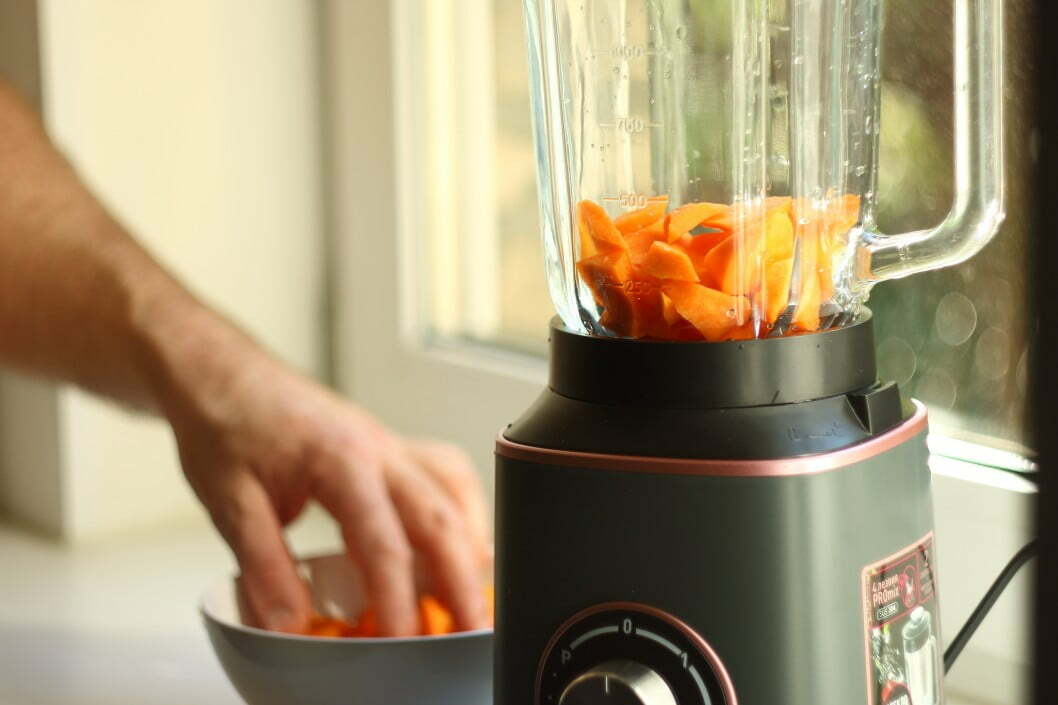
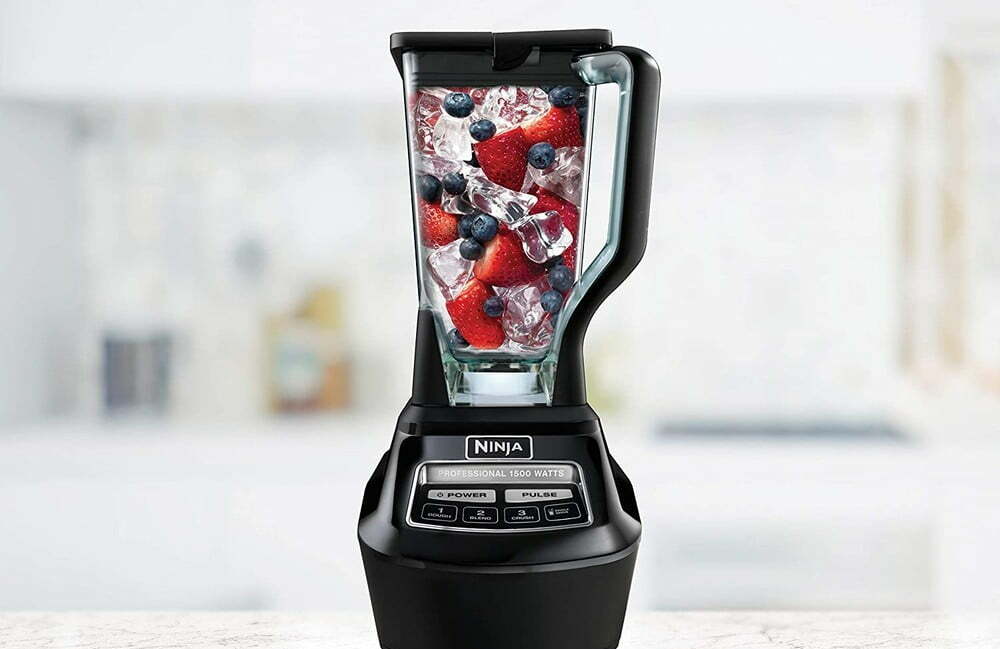
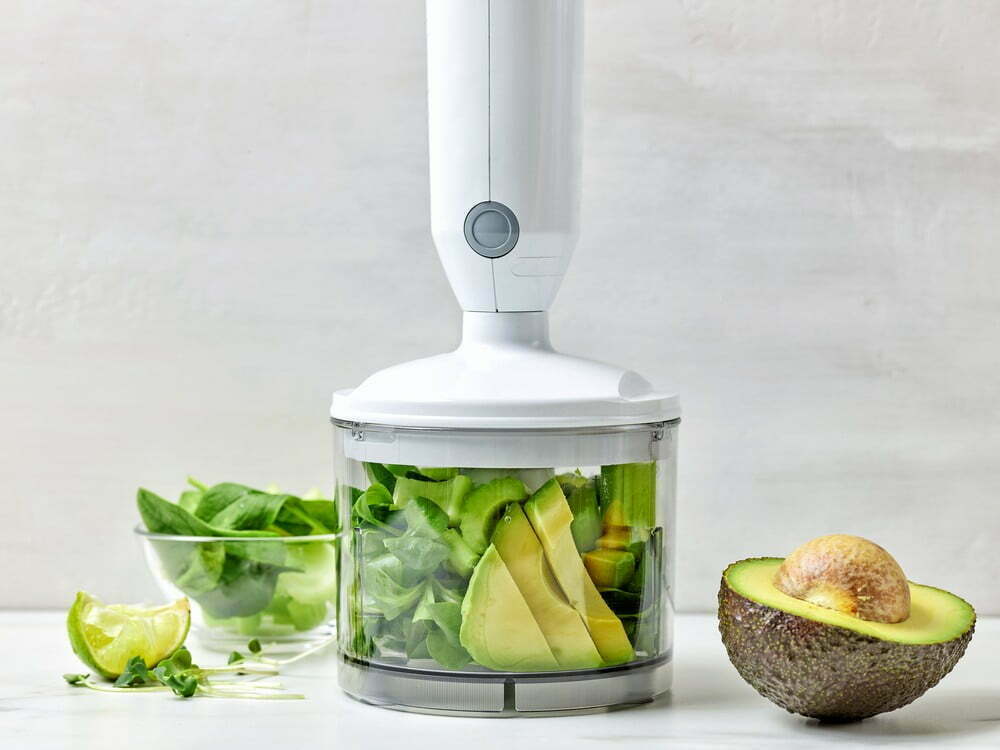
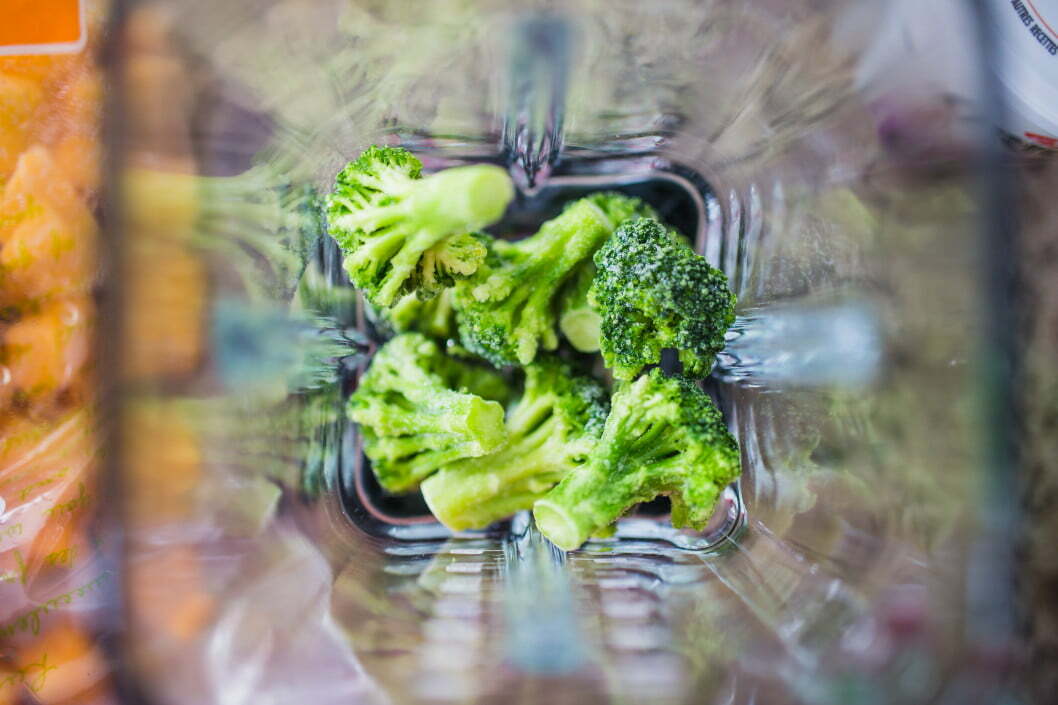
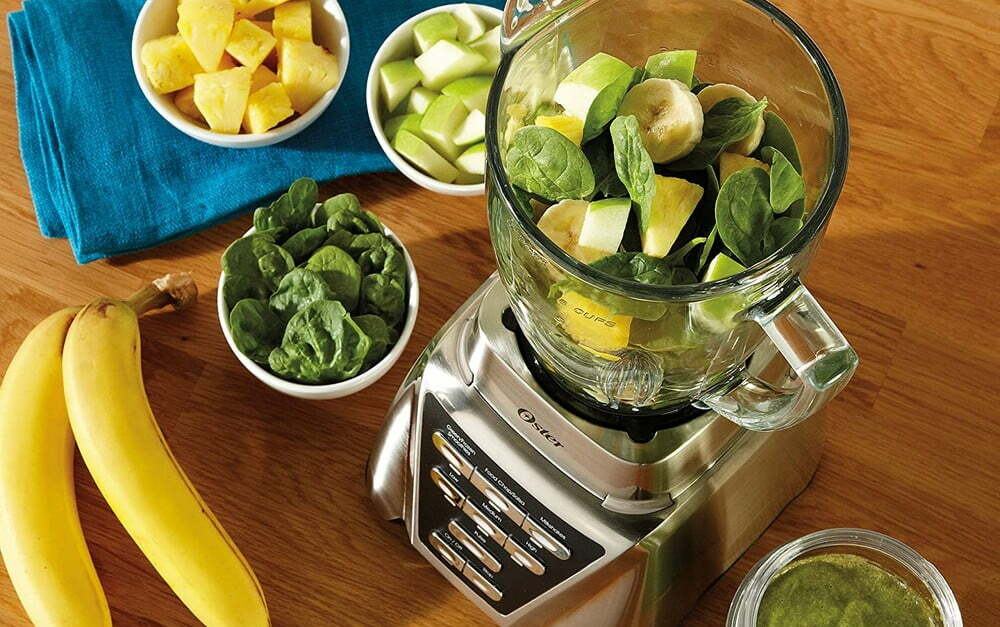
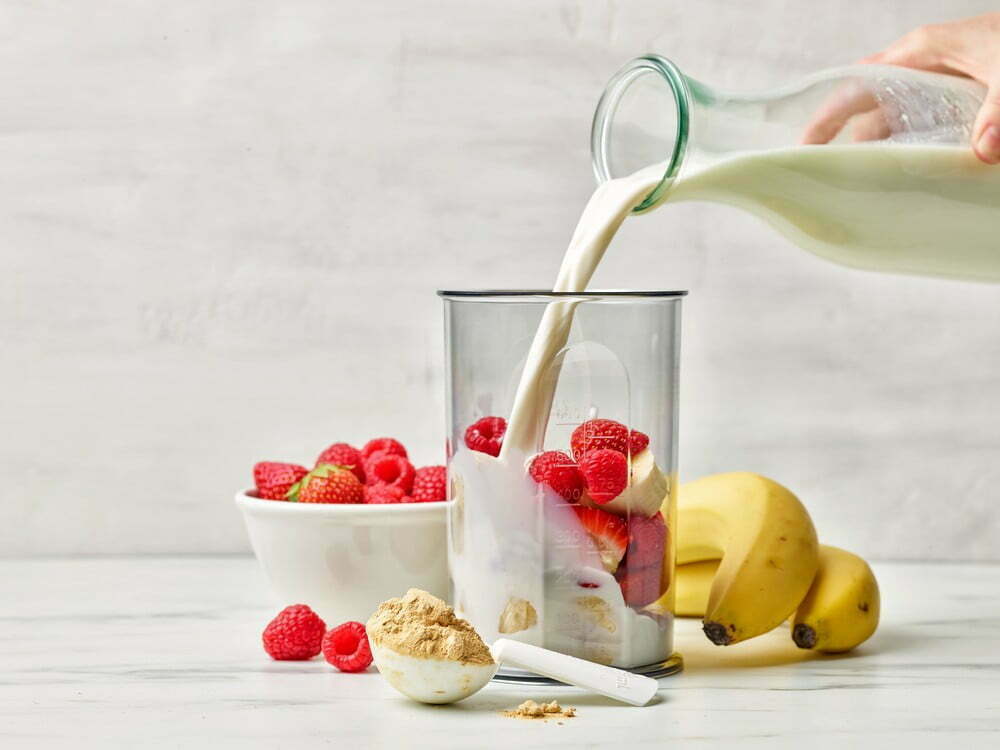
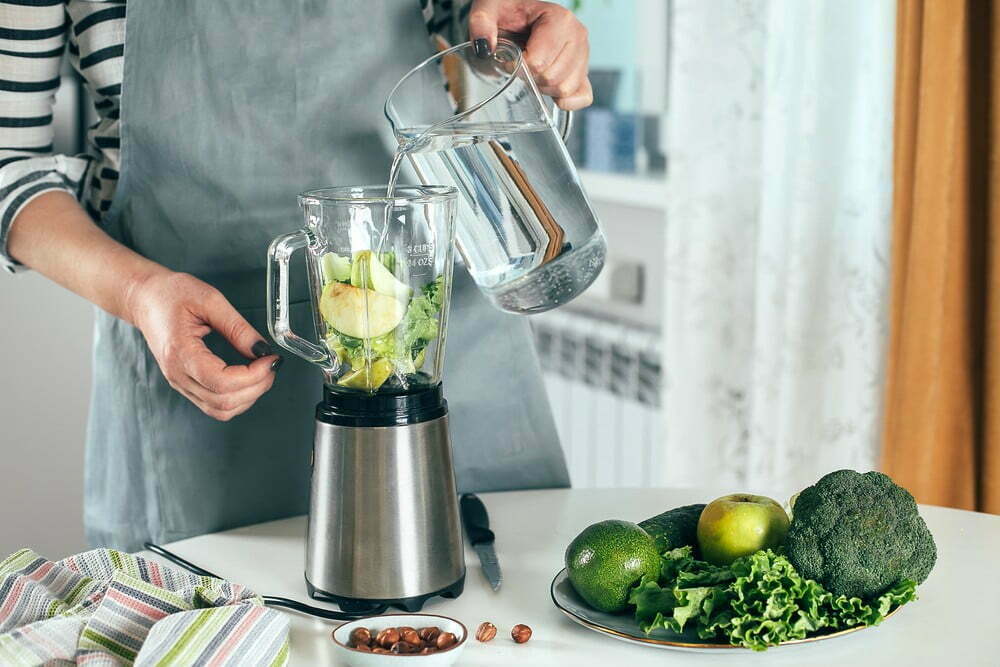
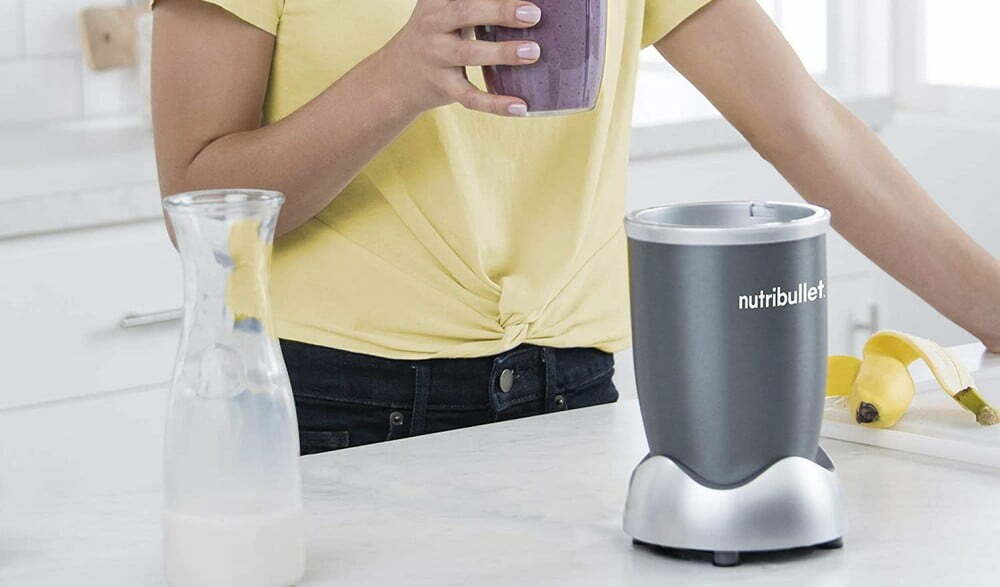
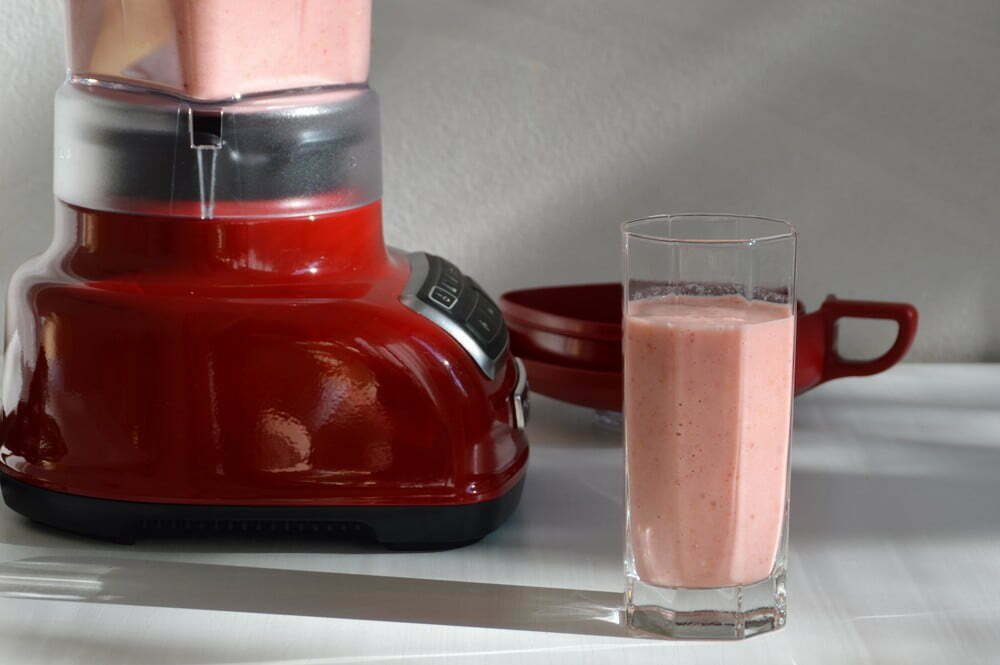
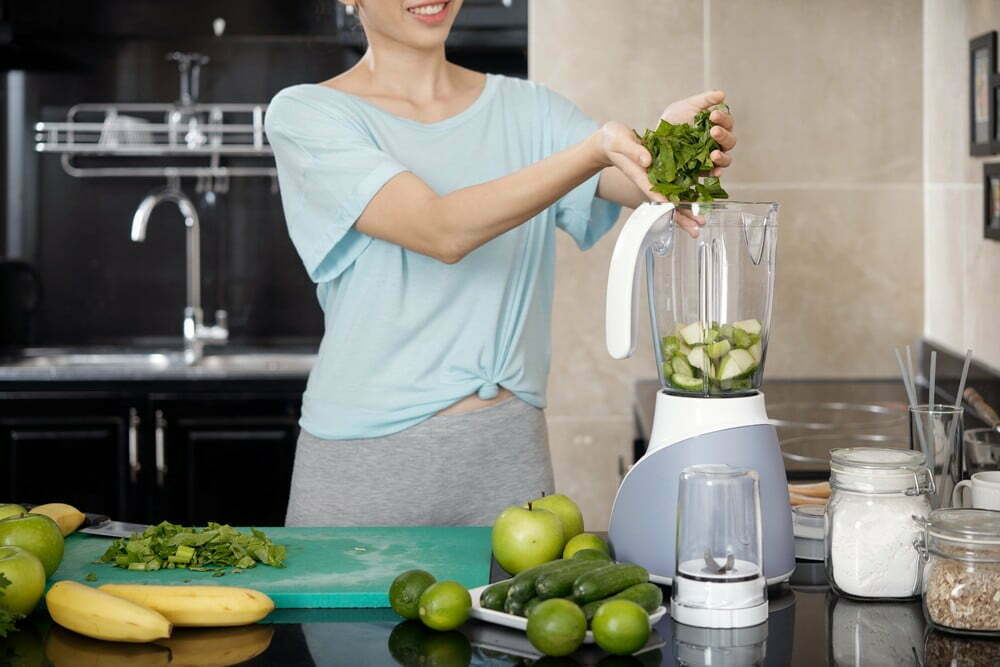
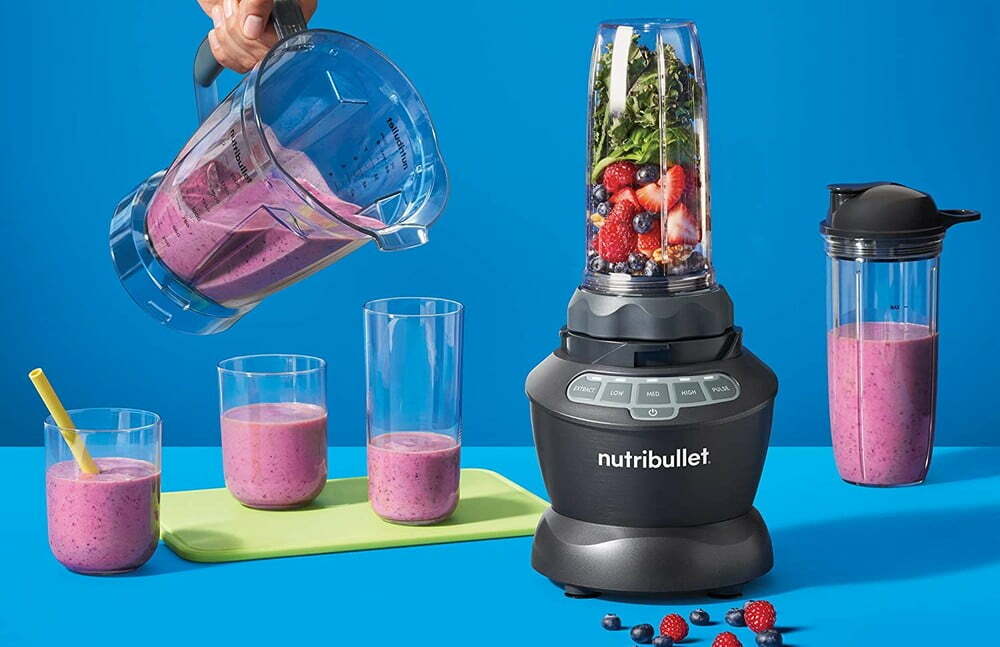
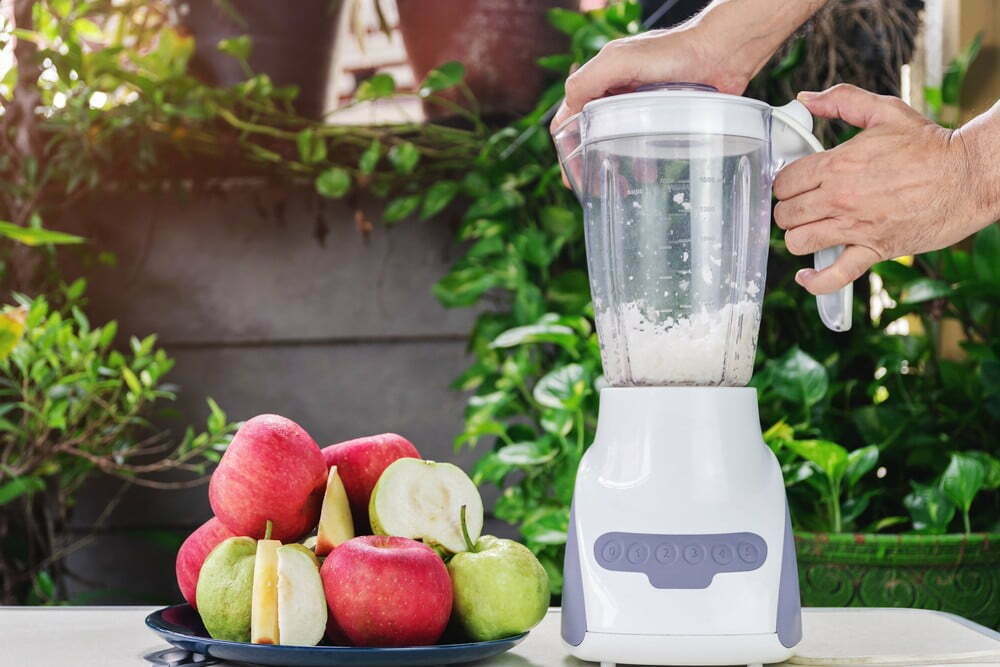
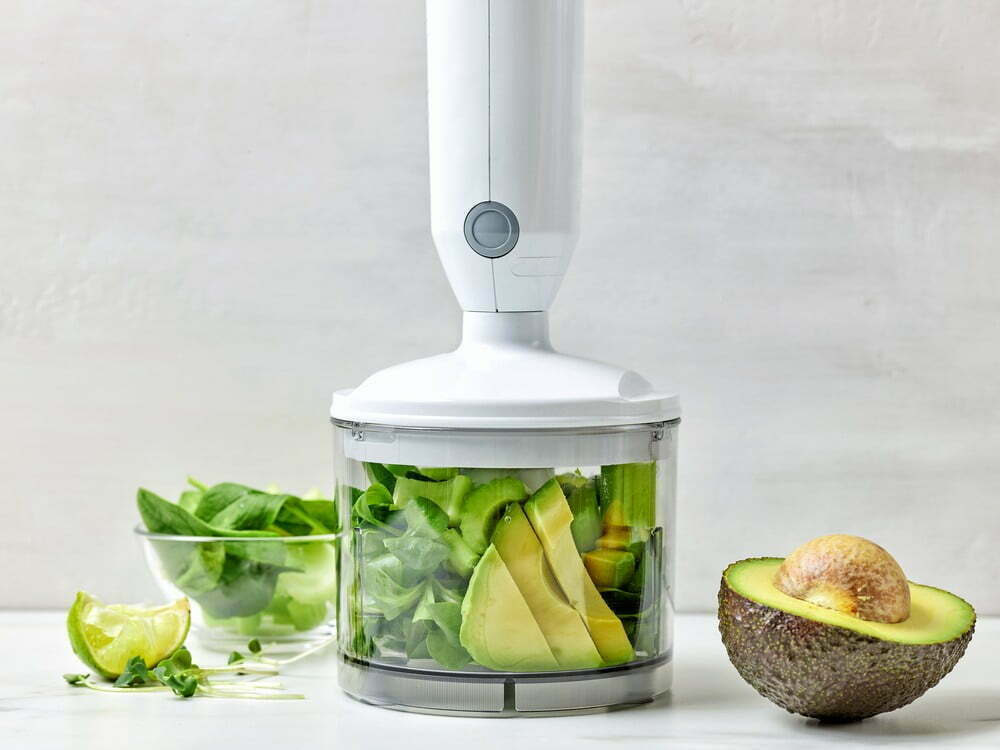
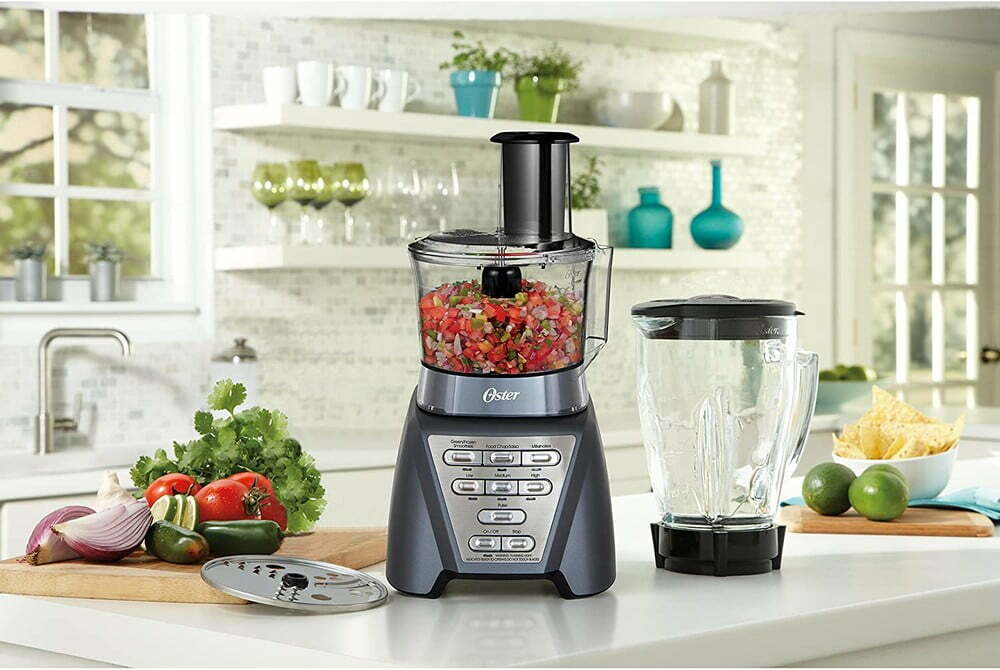
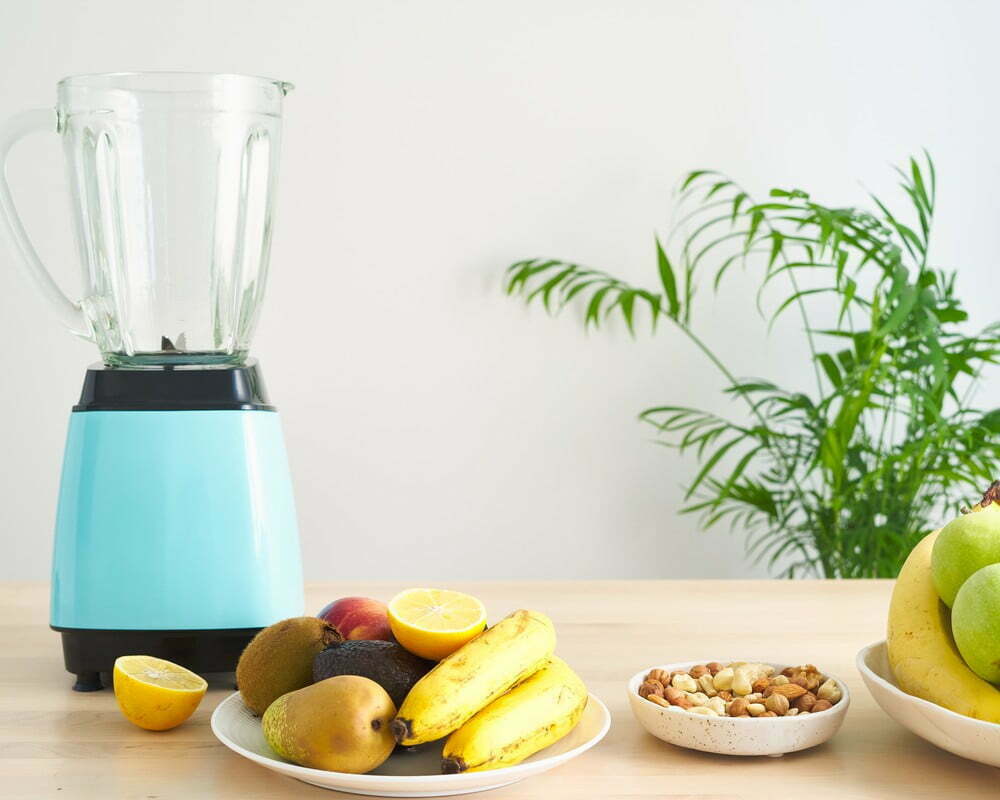
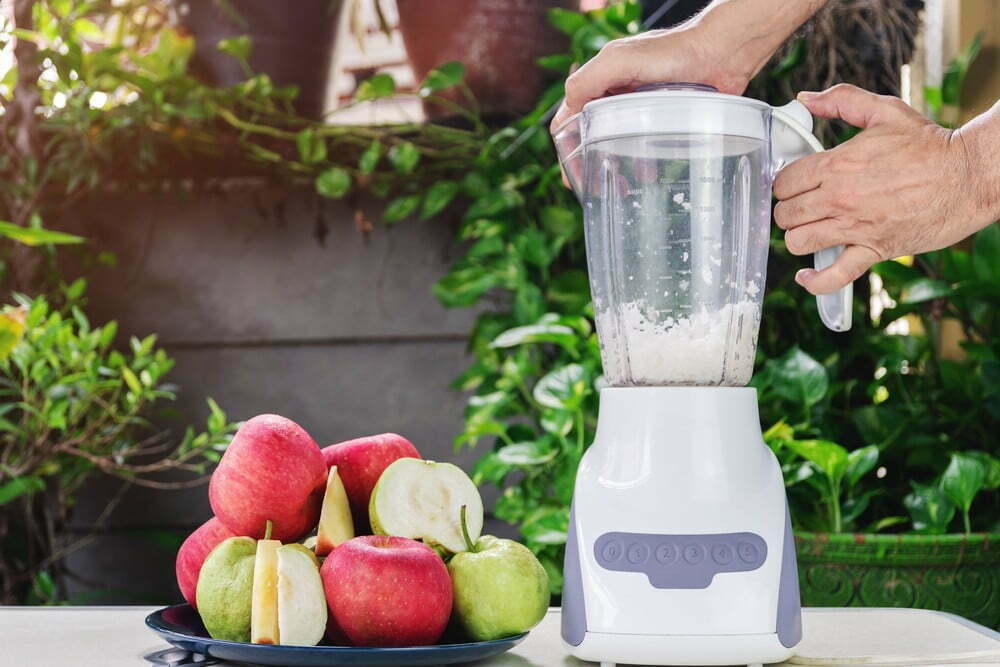
![Best Blender in [year] ([month] Reviews) 27 Best Blender in 2025 (October Reviews)](https://www.gadgetreview.dev/wp-content/uploads/best-blender-image.jpg)
![Best Kitchen Appliances in [year] ([month] Reviews) 28 Best Kitchen Appliances in 2025 (October Reviews)](https://www.gadgetreview.dev/wp-content/uploads/best-kitchen-appliances.jpg)
![Best Blenders for Acai Bowl in [year] 29 Best Blenders for Acai Bowl in 2025](https://www.gadgetreview.dev/wp-content/uploads/best-blender-for-acai-bowl-image.jpg)
![Best Blenders for Vegans in [year] 30 Best Blenders for Vegans in 2025](https://www.gadgetreview.dev/wp-content/uploads/best-blender-for-vegans-image.jpg)
![Best High-Powered Home Blenders in [year] 31 Best High-Powered Home Blenders in 2025](https://www.gadgetreview.dev/wp-content/uploads/best-high-powered-home-blender-image.jpg)
![Best Easy Clean Blenders in [year] 32 Best Easy Clean Blenders in 2025](https://www.gadgetreview.dev/wp-content/uploads/best-easy-clean-blender-image.jpg)
![Best Blendtec Blenders in [year] 33 Best Blendtec Blenders in 2025](https://www.gadgetreview.dev/wp-content/uploads/best-blendtec-blender-image.jpg)
![Best Oster Blenders in [year] 34 Best Oster Blenders in 2025](https://www.gadgetreview.dev/wp-content/uploads/best-oster-blender-image.jpg)
![Best Nutribullet Blenders in [year] 35 Best Nutribullet Blenders in 2025](https://www.gadgetreview.dev/wp-content/uploads/best-nutribullet-blender-image.jpg)
![Best Vitamix Blender in [year] 36 Best Vitamix Blender in 2025](https://www.gadgetreview.dev/wp-content/uploads/best-vitamix-blender-image.jpg)
![Best Blenders for Protein Shakes in [year] 37 Best Blenders for Protein Shakes in 2025](https://www.gadgetreview.dev/wp-content/uploads/best-blender-for-protein-shakes.jpg)
![Best Quiet Blenders in [year] 38 Best Quiet Blenders in 2025](https://www.gadgetreview.dev/wp-content/uploads/best-quiet-blender.jpg)
![Best Blenders for Milkshakes in [year] 39 Best Blenders for Milkshakes in 2025](https://www.gadgetreview.dev/wp-content/uploads/best-blender-for-milkshakes.jpg)
![Best Blenders for Margaritas in [year] 40 Best Blenders for Margaritas in 2025](https://www.gadgetreview.dev/wp-content/uploads/best-blender-for-margaritas.jpg)
![Best Blenders for Nut Butter in [year] 41 Best Blenders for Nut Butter in 2025](https://www.gadgetreview.dev/wp-content/uploads/best-blender-for-nut-butter.jpg)
![Best Ninja Blenders in [year] 42 Best Ninja Blenders in 2025](https://www.gadgetreview.dev/wp-content/uploads/best-ninja-blender.jpg)
![10 Best Blenders for Smoothies in [year] 43 10 Best Blenders for Smoothies in 2025](https://www.gadgetreview.dev/wp-content/uploads/Best-Blender-for-Smoothies.jpg)
![10 Best Countertop Blenders in [year] 44 10 Best Countertop Blenders in 2025](https://www.gadgetreview.dev/wp-content/uploads/Best-Countertop-Blender.jpg)
![Best Blender Food Processors in [year] 45 Best Blender Food Processors in 2025](https://www.gadgetreview.dev/wp-content/uploads/best-blender-food-processor.jpg)
